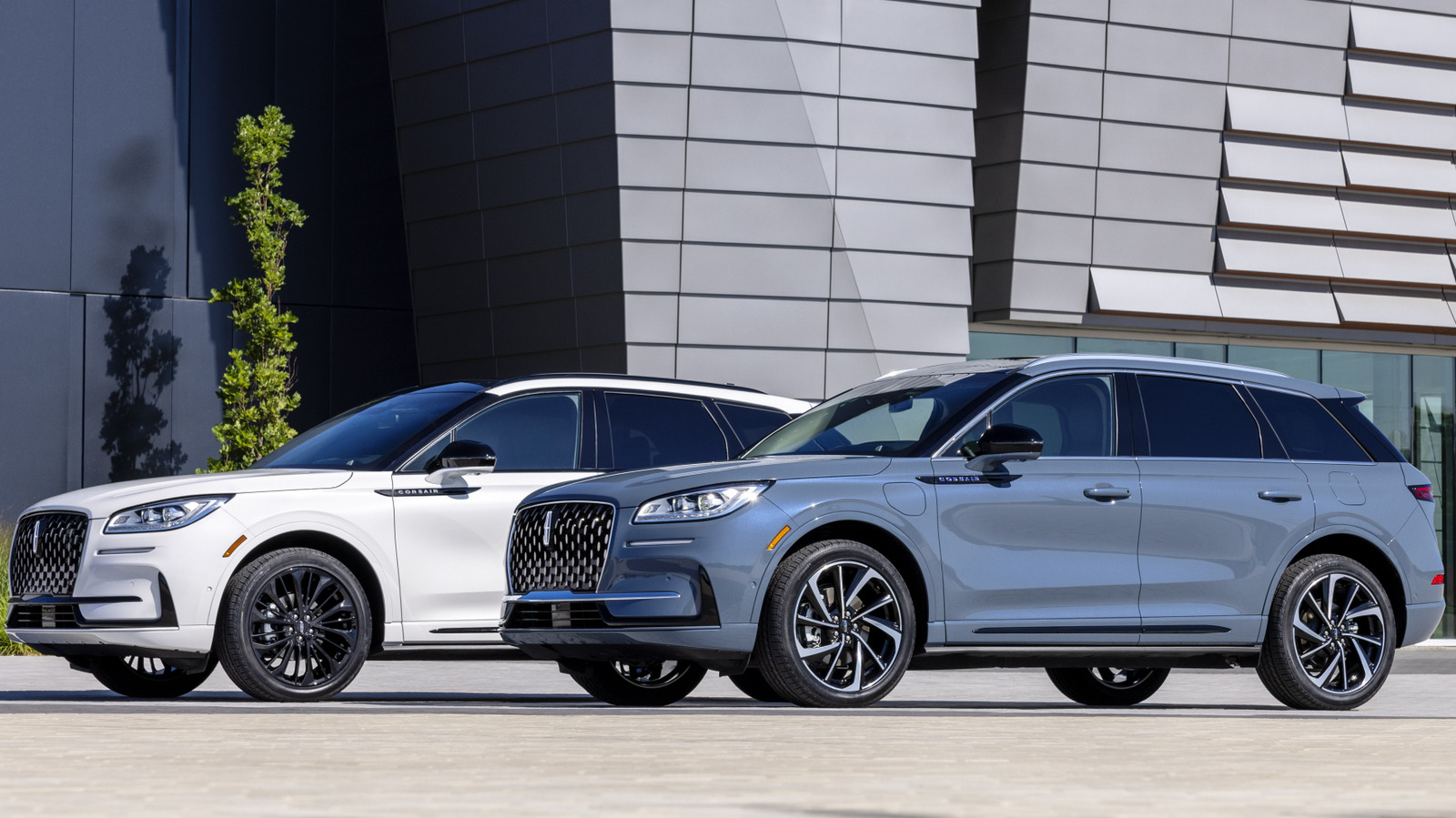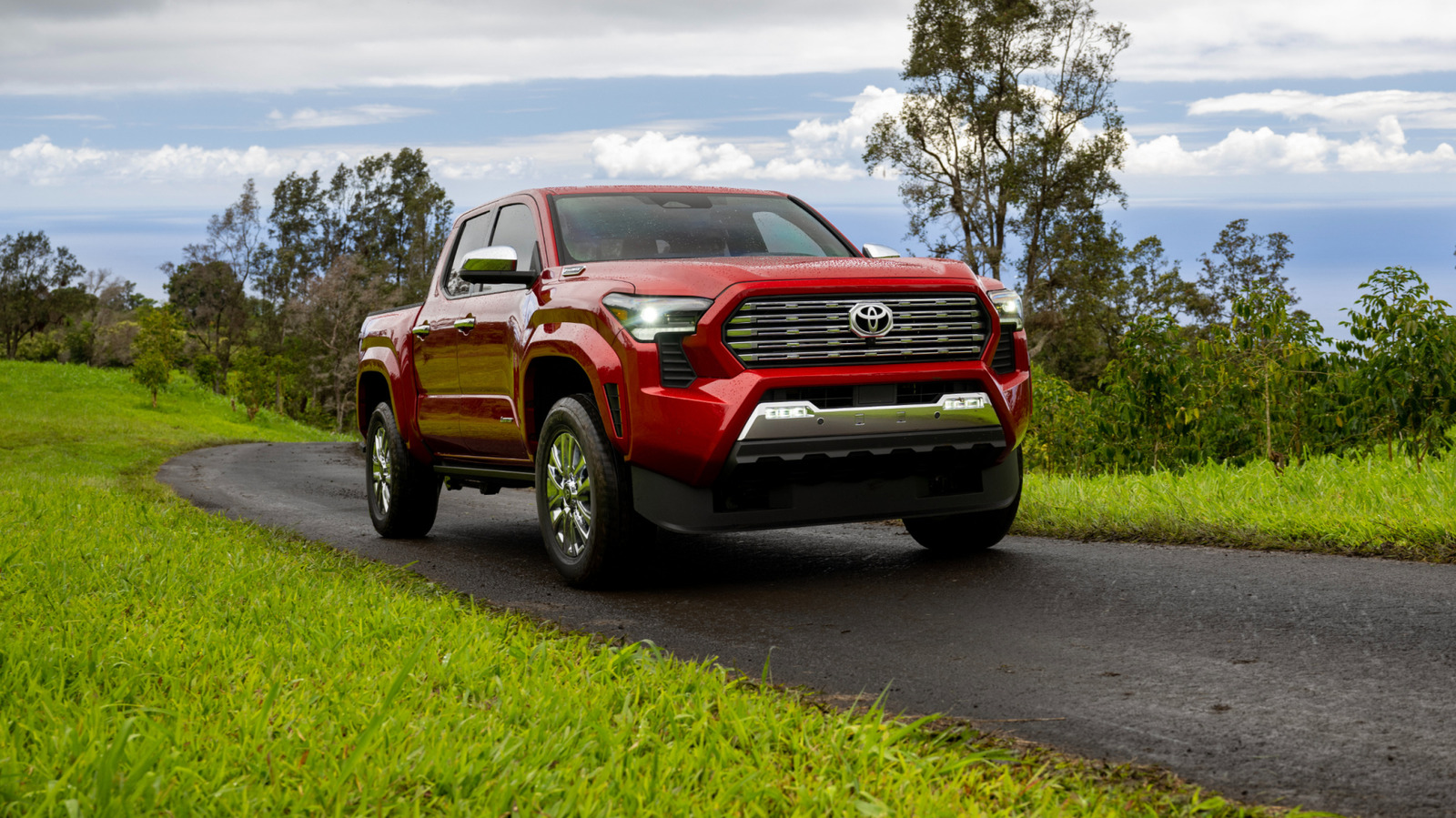Can one of the cheapest electric SUVs on the market compete with pricier rivals?
Affordability is the new focus for Citroën. We like the cut-price C3 and ë-C3 superminis, and now we’ve tested the larger and more obviously SUV-inspired Citroen ë-C3 Aircross.Unlike the C3 Aircross (with its hybrid or pure-petrol powertrain) you can think of the ë-C3 Aircross as more like an ë-C3 estate. Whereas the hybrid can be had with seven seats, the EV is a strict five-seater and as such looks and feels like a stretched version of its supermini sibling, even though it’s officially an SUV.The affordability focus is the result of Stellantis’s new Smart Car platform, which also underpins closely related (and £1000 more expensive) Vauxhall Frontera and smaller but more personable Fiat Grande Panda. Including the UK government’s recently announced Electric Car Grant (ECG) the ë-C3 Aircross starts at just £21,600 in Plus trim with the Standard Range 43.7kWh battery, good for 188 miles per charge.Max trim is another £2000 and adds various niceties like heated seats, steering wheel and windscreen, while the Extended Range 54kWh battery improves the range to 249 miles for a £2000 step-up on either trim level. In terms of rivals, the undoubtedly more stylish Renault 4 kicks off at £25,500. It’s good for 247 miles of range but is priced in line with the top-spec ë-C3 Aircross.The BYD Atto 2 doesn’t qualify for the ECG, being built in China; it costs £31,000 for 214 miles of range but offers a little more performance. Neither does the Jaecoo 5 BEV (£27,500 for 248 miles). On finance the ë-C3 Aircross is cheapest too, currently available for just £140 per month with a £4500 deposit. But is there a reason it’s this cheap? We find out.











